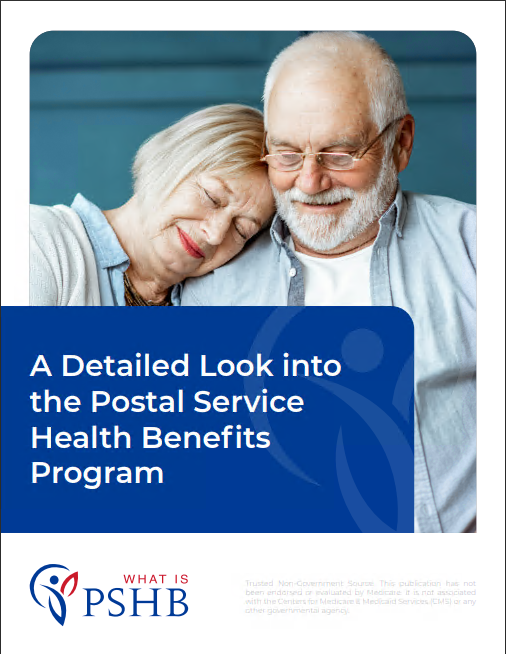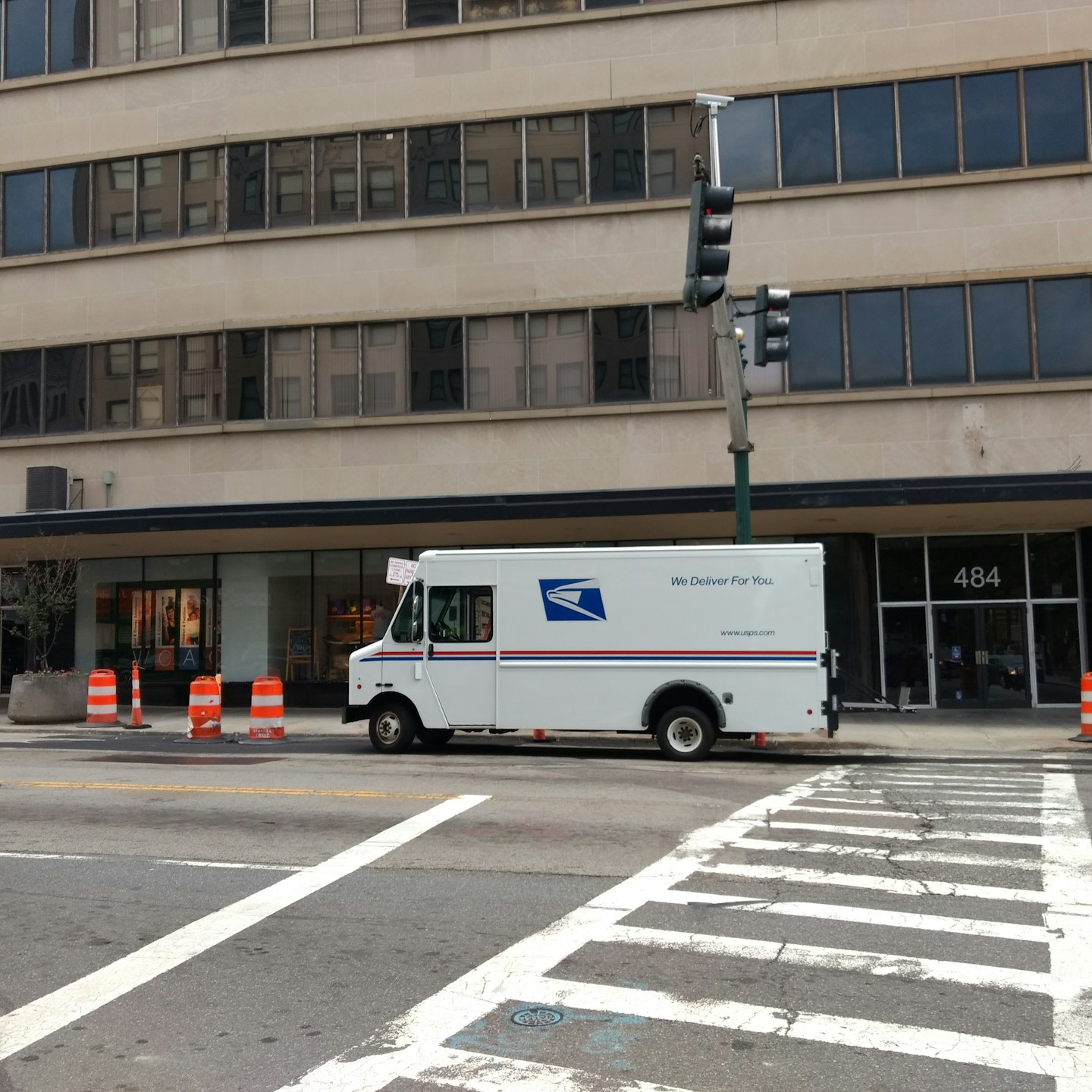Key Takeaways
- USPS employees and retirees can ensure comprehensive long-term care coverage by understanding Medicare’s limits and exploring additional financial strategies.
- Proactive planning, including assessing long-term care needs and consulting professionals, is crucial for financial stability and quality care in retirement.
Understanding the Postal Service Health Benefits Program: What USPS Employees Need to Know
The Postal Service Health Benefits (PSHB) Program provides health insurance options to United States Postal Service (USPS) employees, retirees, and their families. These benefits ensure that postal workers have access to comprehensive healthcare coverage throughout their careers and into retirement. Understanding how the PSHB Program works, including its benefits, enrollment process, and coordination with Medicare, is crucial for USPS employees to make informed decisions about their healthcare.
Overview of the PSHB Program
The PSHB Program is designed to offer a range of health insurance plans to meet the diverse needs of USPS employees and their families. The program provides options for various levels of coverage and costs, allowing employees to choose a plan that best suits their healthcare needs and financial situation.
Types of Plans Available
The PSHB Program offers several types of health insurance plans, including:
- Fee-for-Service (FFS) Plans: These plans allow employees to see any doctor or specialist without needing a referral. They typically offer a wide network of providers and cover a significant portion of medical expenses.
- Health Maintenance Organization (HMO) Plans: HMO plans require employees to select a primary care physician (PCP) and get referrals to see specialists. These plans often have lower premiums and out-of-pocket costs but limit coverage to a network of providers.
- Preferred Provider Organization (PPO) Plans: PPO plans offer more flexibility in choosing healthcare providers. Employees can see both in-network and out-of-network doctors, but out-of-pocket costs are lower when using in-network providers.
- Consumer-Driven Health Plans (CDHP) and High Deductible Health Plans (HDHP): These plans typically have higher deductibles but lower premiums. They often come with Health Savings Accounts (HSAs) or Health Reimbursement Arrangements (HRAs) to help employees save for medical expenses.
Coverage Options
The PSHB Program provides comprehensive coverage, including:
- Medical: Covers doctor visits, hospital stays, surgeries, and preventive care.
- Prescription Drugs: Provides coverage for a wide range of medications.
- Vision: Includes eye exams, glasses, and contact lenses.
- Dental: Covers routine dental care, such as cleanings, exams, and some procedures.
Additional Benefits
Some plans within the PSHB Program may offer additional benefits, such as:
- Wellness Programs: These programs promote healthy living through preventive care, fitness programs, and health coaching.
- Telehealth Services: Provides access to medical consultations via phone or video, which is especially useful for remote or rural areas.
- Mental Health Services: Offers coverage for counseling, therapy, and other mental health services.
Enrollment in the PSHB Program
Understanding the enrollment process is essential for USPS employees to ensure continuous and comprehensive healthcare coverage.
Initial Enrollment
New USPS employees are typically eligible to enroll in the PSHB Program within 60 days of their start date. During this initial enrollment period, employees can choose from the available health insurance plans that best meet their needs.
Open Season
The PSHB Program has an annual open enrollment period, usually in the fall, known as Open Season. During this time, employees can:
- Enroll in a plan: If they did not previously have coverage.
- Change plans: Switch from one health insurance plan to another.
- Add or remove dependents: Update their coverage to include or exclude family members.
Qualifying Life Events
Employees can also make changes to their health insurance coverage outside of Open Season if they experience a qualifying life event (QLE). QLEs include:
- Marriage or divorce
- Birth or adoption of a child
- Death of a dependent
- Loss of other health insurance coverage
Coordination with Medicare
For USPS retirees, understanding how the PSHB Program coordinates with Medicare is crucial for maximizing healthcare coverage and minimizing out-of-pocket expenses.
Medicare Basics
Medicare is a federal health insurance program primarily for individuals aged 65 and older, but it also covers certain younger individuals with disabilities. It consists of different parts:
- Part A: Hospital insurance covering inpatient care.
- Part B: Medical insurance covering outpatient care, doctor visits, and preventive services.
- Part C (Medicare Advantage): Private insurance plans that provide Part A and Part B benefits, often including additional services.
- Part D: Prescription drug coverage.
Coordination of Benefits
When USPS employees retire and become eligible for Medicare, the PSHB Program typically becomes secondary insurance. This means Medicare pays first for covered services, and the PSHB plan covers some or all of the remaining costs. This coordination can help cover expenses that Medicare does not fully pay for, such as copayments, coinsurance, and deductibles.
Enrollment in Medicare
It is important for USPS retirees to enroll in Medicare when they first become eligible, usually at age 65, to avoid late enrollment penalties and ensure seamless coverage. Retirees should enroll in:
- Medicare Part A: Generally premium-free for most people.
- Medicare Part B: Requires a monthly premium.
- Medicare Part D: If they need prescription drug coverage, unless their PSHB plan includes it.
Medicare Advantage and Supplement Plans
Some retirees may opt for Medicare Advantage (Part C) plans, which provide additional benefits and can simplify coverage by combining Part A, Part B, and sometimes Part D. Others might choose Medicare Supplement (Medigap) plans to cover out-of-pocket costs not covered by Original Medicare.
Maximizing Your Benefits
To get the most out of the PSHB Program and Medicare, USPS employees and retirees should:
- Review Plan Options Annually: During Open Season, evaluate different health plans to ensure the chosen plan still meets your needs.
- Understand Coverage Details: Be aware of what is covered under both the PSHB Program and Medicare to avoid unexpected medical expenses.
- Utilize Preventive Services: Take advantage of preventive care options, such as screenings and wellness programs, to maintain good health and catch potential issues early.
- Coordinate Care: Ensure that your healthcare providers understand how your PSHB and Medicare plans work together to avoid billing issues and maximize coverage.
- Seek Professional Advice: Consult with licensed insurance agents or benefits advisors to help navigate complex coverage options and make informed decisions.
Navigating Your Healthcare Journey
The Postal Service Health Benefits Program provides comprehensive healthcare coverage options for USPS employees, retirees, and their families. By understanding the types of plans available, the enrollment process, and how these benefits coordinate with Medicare, USPS employees can make informed decisions that maximize their coverage and minimize out-of-pocket expenses. Regularly reviewing and updating your healthcare plan can ensure that you and your family receive the best possible care throughout your career and into retirement.
Contact Information:
Email: [email protected]
Phone: 6235552345












